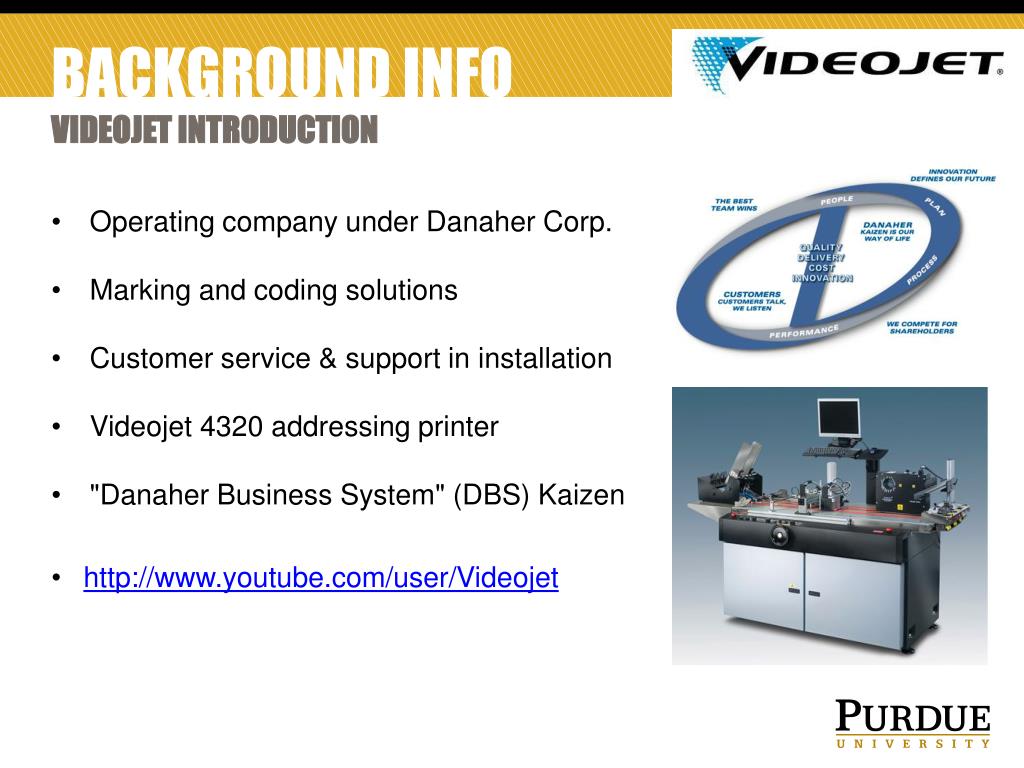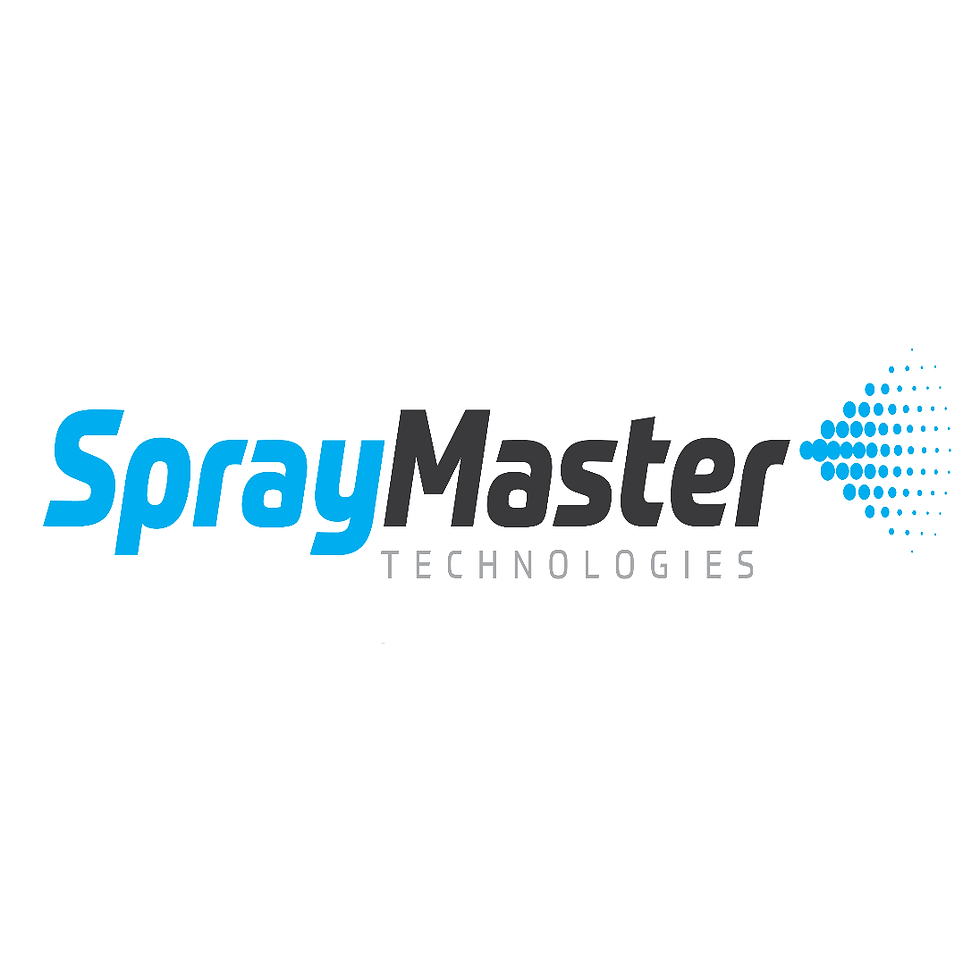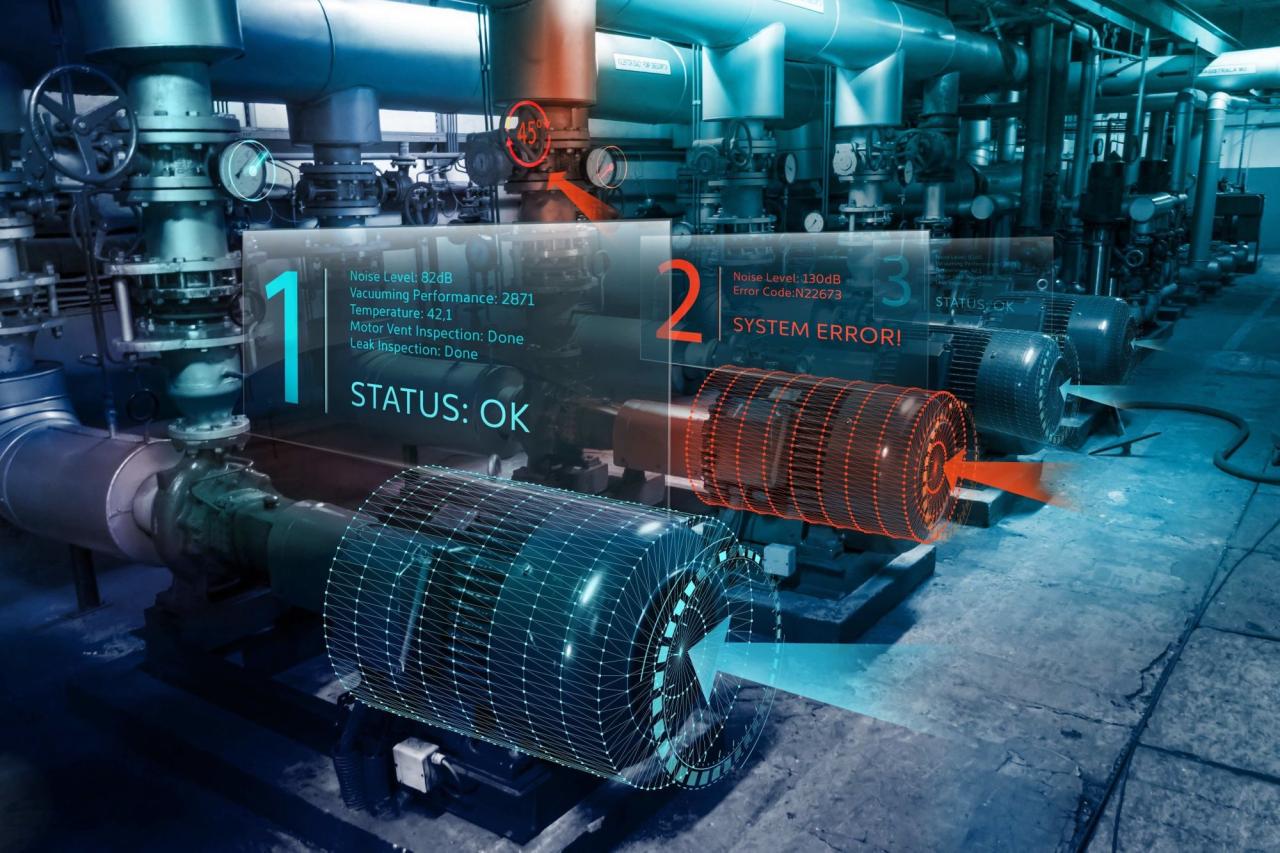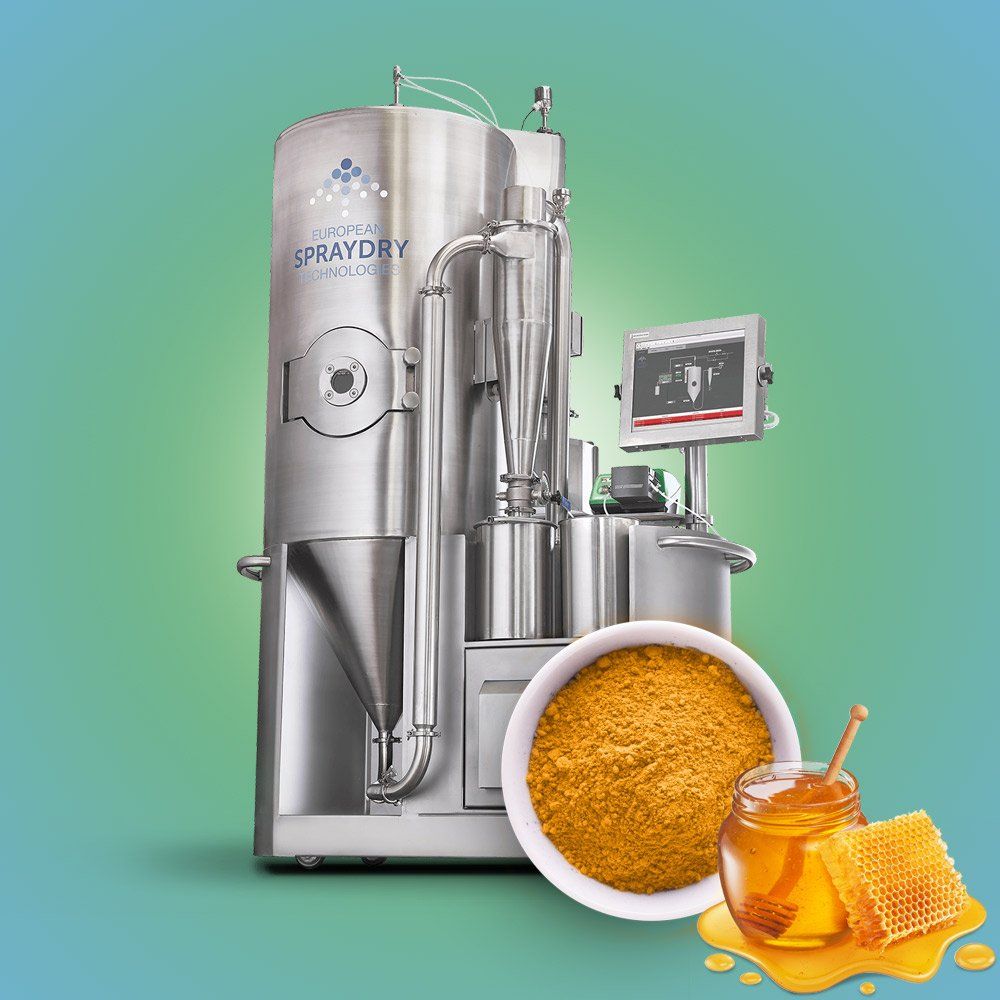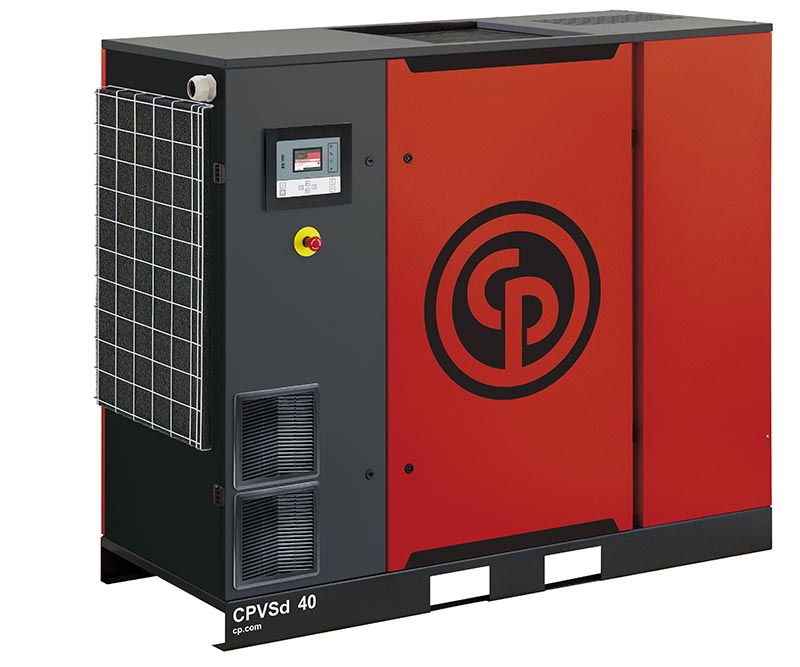Abrasive Technologies: Shaping Industries
Abrasive technologies are a fundamental force in shaping industries across the globe. From the manufacturing of everyday products to the construction of massive structures, abrasives play a crucial role in […]
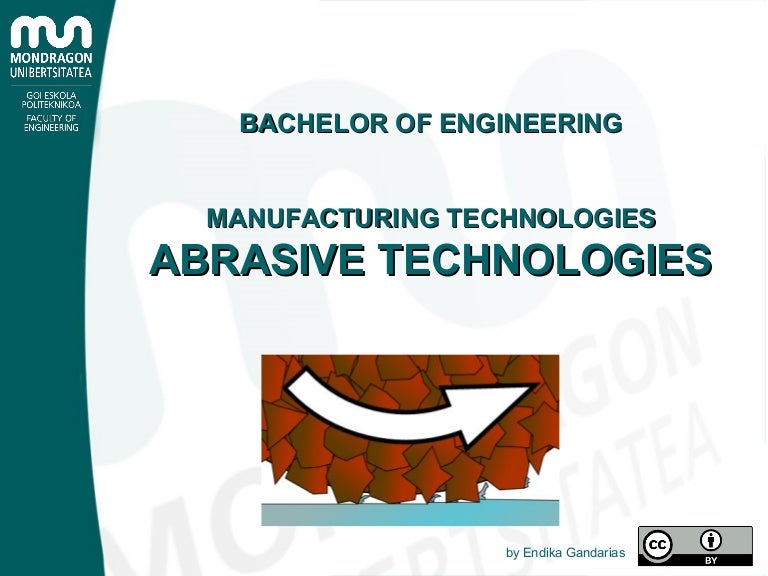
Abrasive technologies are a fundamental force in shaping industries across the globe. From the manufacturing of everyday products to the construction of massive structures, abrasives play a crucial role in shaping, smoothing, and refining materials. These technologies, involving the use of materials designed to wear down and remove material from a workpiece, have a rich history dating back to ancient times. The evolution of abrasive technologies has been driven by the need for improved efficiency, precision, and control in a wide range of applications.
Abrasive technologies encompass a diverse range of materials, processes, and applications. They involve the use of various abrasive materials, from natural minerals like emery and garnet to synthetic materials like silicon carbide and diamond. These materials are employed in a variety of forms, including powders, grains, and bonded abrasive tools, to achieve specific surface finishes and dimensional tolerances. The applications of abrasive technologies are as diverse as the industries they serve, encompassing manufacturing, construction, automotive, aerospace, and many more.
Applications of Abrasive Technologies
Abrasive technologies find wide-ranging applications across various industries, playing a crucial role in shaping the world around us. From manufacturing intricate components to constructing durable infrastructure, abrasives are essential for achieving desired surface finishes, removing material, and enhancing product performance.
Manufacturing
Abrasives are integral to manufacturing processes, contributing to the creation of high-quality products across diverse sectors.
- Surface Finishing: Abrasives are used to achieve desired surface finishes on metal parts, plastics, and other materials. This includes processes like grinding, polishing, honing, and lapping, which enhance aesthetics, improve functionality, and increase component lifespan. For example, in the automotive industry, abrasives are used to polish car bodies to achieve a smooth and glossy finish, while in aerospace, they are used to create precision surfaces on aircraft components.
- Material Removal: Abrasives are employed for material removal in processes like cutting, drilling, and deburring. They enable efficient and precise removal of excess material, creating the desired shape and dimensions for components. For instance, in the manufacturing of tools and dies, abrasives are used to shape and refine cutting edges, ensuring optimal performance and durability.
- Deburring: Abrasives are used to remove sharp edges and burrs from manufactured parts, improving safety, reducing wear and tear on other components, and enhancing product aesthetics. For example, in the production of electronic devices, abrasives are used to deburr metal components, preventing damage to delicate circuitry.
Construction
Abrasive technologies are essential in the construction industry, contributing to the creation of durable and aesthetically pleasing structures.
- Concrete Finishing: Abrasives are used to smooth and polish concrete surfaces, creating a durable and visually appealing finish. This includes processes like grinding, sanding, and polishing, which enhance the longevity and aesthetics of concrete floors, countertops, and other surfaces.
- Stone Cutting and Shaping: Abrasives are used to cut and shape stone for various construction applications, including building facades, countertops, and decorative elements. Abrasive tools like diamond blades and saws enable precise and efficient cutting of stone, while grinding and polishing techniques enhance the surface finish.
- Demolition and Removal: Abrasives are employed in demolition and removal processes, breaking down concrete, asphalt, and other materials. Abrasive tools like diamond blades and grinding discs are used to cut and remove materials efficiently and safely.
Automotive
Abrasive technologies are widely used in the automotive industry, contributing to the production of high-quality vehicles and enhancing their performance.
- Engine Component Machining: Abrasives are used to machine engine components like cylinders, pistons, and crankshafts, ensuring precise dimensions and surface finishes that contribute to engine efficiency and durability.
- Bodywork Finishing: Abrasives are used to achieve smooth and glossy finishes on car bodies, enhancing their aesthetics and protecting them from corrosion. This includes processes like sanding, polishing, and buffing, which remove imperfections and create a durable and appealing surface.
- Brake System Components: Abrasives are used to manufacture and refine brake components like brake rotors and pads, ensuring optimal friction and braking performance.
Aerospace
Abrasive technologies play a critical role in the aerospace industry, enabling the production of high-performance aircraft and spacecraft components.
- Component Machining: Abrasives are used to machine aircraft components like engine blades, landing gear, and fuselage sections, ensuring precise dimensions and surface finishes that contribute to the aircraft’s performance and safety.
- Surface Finishing: Abrasives are used to achieve smooth and precise surface finishes on aircraft components, reducing drag and improving aerodynamic efficiency. This includes processes like grinding, polishing, and honing, which enhance the performance and longevity of aircraft components.
- Material Removal: Abrasives are employed in material removal processes for aerospace components, enabling efficient and precise removal of excess material, creating the desired shape and dimensions for components.
Other Industries
Abrasive technologies have diverse applications beyond the industries mentioned above, contributing to innovation and efficiency across various sectors.
- Electronics: Abrasives are used to polish and deburr electronic components, ensuring smooth surfaces and preventing damage to delicate circuitry.
- Medical Devices: Abrasives are used to manufacture and refine medical devices, ensuring precise dimensions and surface finishes that contribute to their safety and functionality.
- Food Processing: Abrasives are used to polish and refine food processing equipment, ensuring smooth surfaces and preventing contamination.
- Jewelry Making: Abrasives are used to polish and refine precious metals and gemstones, enhancing their brilliance and beauty.
Abrasive Technology Trends and Innovations: Abrasive Technologies

The field of abrasive technologies is constantly evolving, driven by the demand for improved efficiency, precision, and sustainability in various industries. This ongoing innovation leads to the development of new materials, processes, and applications, shaping the future of manufacturing and material processing.
New Materials and Their Applications, Abrasive technologies
The development of novel abrasive materials is a key driver of innovation in abrasive technologies. These materials offer enhanced performance characteristics, such as improved cutting efficiency, longer lifespan, and reduced environmental impact.
- Nanomaterials: The use of nanomaterials, such as nano-sized diamond particles and carbon nanotubes, in abrasive tools and coatings has significantly improved cutting performance and surface finish. These materials possess exceptional hardness, wear resistance, and thermal conductivity, leading to increased tool life and improved machining efficiency.
- Ceramic Abrasives: Advancements in ceramic materials have led to the development of high-performance abrasives with superior hardness, wear resistance, and thermal stability. Examples include silicon carbide (SiC) and aluminum oxide (Al2O3) abrasives, which are widely used in grinding, cutting, and polishing applications.
- Composite Abrasives: The combination of different abrasive materials, such as ceramic and metallic particles, in composite structures has created abrasives with tailored properties. These composites offer a balance of hardness, toughness, and wear resistance, making them suitable for specific applications like high-speed machining and grinding.
Advanced Abrasive Processes
Emerging technologies are revolutionizing abrasive processes, enabling greater precision, control, and efficiency.
- Laser-Assisted Abrasive Machining (LAAM): This technology combines the precision of laser cutting with the material removal capabilities of abrasive jetting. LAAM allows for complex shapes and intricate designs to be machined with high accuracy and minimal heat-affected zones. It is used in various industries, including aerospace, automotive, and medical device manufacturing.
- Electrochemical Abrasive Machining (ECAM): ECAM utilizes a combination of electrochemical and abrasive processes to remove material. This technique offers high precision and minimal surface damage, making it ideal for machining hard-to-cut materials and intricate geometries. ECAM is used in the manufacturing of molds, dies, and medical implants.
- Ultrasonic Abrasive Machining (UAM): UAM employs ultrasonic vibrations to enhance the cutting action of abrasive particles. This technique offers high-precision machining, particularly for fragile materials and intricate shapes. UAM finds applications in the production of microelectronics, optical components, and medical devices.
Impact on Future Industries
The advancements in abrasive technologies are poised to significantly impact various industries.
- Manufacturing: The development of new abrasive materials and processes will enable the production of complex and intricate components with higher precision and efficiency. This will lead to improved product quality, reduced manufacturing costs, and shorter lead times.
- Aerospace: Abrasive technologies are essential for the manufacturing of aerospace components, including turbine blades, aircraft skins, and landing gear. Advancements in these technologies will allow for the production of lighter, stronger, and more durable aircraft parts, improving fuel efficiency and safety.
- Medical Device Manufacturing: The use of abrasive technologies in medical device manufacturing ensures high precision and surface finish, critical for implants, surgical instruments, and other medical devices. These advancements will lead to improved patient outcomes and enhanced safety.
Environmental Considerations
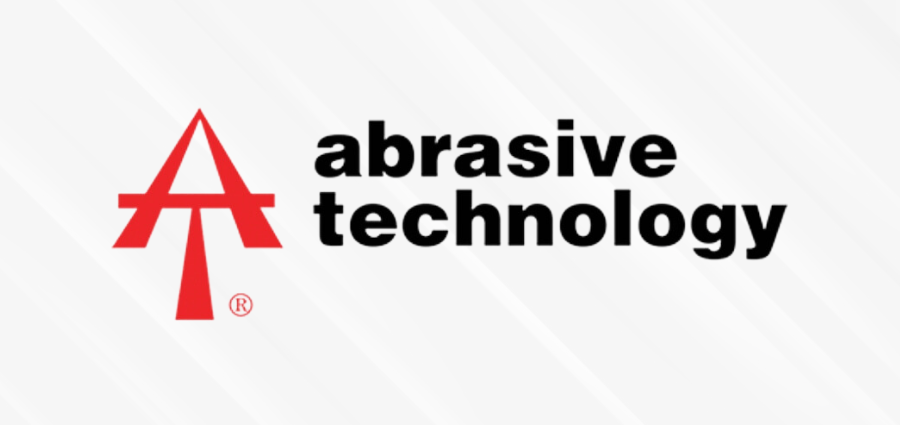
Abrasive technologies, while essential for various industries, pose significant environmental challenges. The manufacturing and use of abrasives generate waste, consume resources, and can impact air and water quality. This section delves into the environmental impact of abrasive technologies, exploring sustainable practices and regulations aimed at mitigating these concerns.
Waste Generation and Resource Consumption
Abrasive manufacturing and use generate substantial waste, including:
- Spent Abrasives: Used abrasive particles, grinding wheels, and other abrasive tools eventually wear out and become waste. These materials often contain metals, ceramics, and other materials that can be difficult to recycle.
- Sludge and Dust: Abrasive processes generate significant amounts of sludge and dust, which can contaminate water and air. These byproducts may contain hazardous materials such as silica dust, which can pose health risks.
- Packaging Waste: Abrasive products are often packaged in materials like plastic and cardboard, contributing to overall waste generation.
Resource consumption is another critical aspect. The extraction and processing of raw materials for abrasive production, including minerals, metals, and binders, can have environmental consequences. For instance, mining operations can lead to habitat destruction, water pollution, and greenhouse gas emissions.
Sustainable Practices and Innovations
Addressing the environmental impact of abrasive technologies requires implementing sustainable practices and embracing innovation:
- Closed-Loop Systems: Developing closed-loop systems that minimize waste generation and maximize resource recovery is crucial. This can involve recycling spent abrasives, reusing water, and reducing dust emissions.
- Bio-Based Abrasives: Exploring the use of bio-based materials, such as agricultural byproducts or recycled materials, as abrasive media can reduce reliance on traditional resources and minimize environmental impact.
- Process Optimization: Optimizing abrasive processes to reduce material consumption, minimize waste generation, and improve efficiency is essential. This can involve using advanced machining techniques, optimizing cutting parameters, and improving tool life.
- Eco-Friendly Abrasives: Developing and using eco-friendly abrasives, such as those made from recycled materials or biodegradable components, can significantly reduce environmental impact.
Regulation and Industry Standards
Regulations and industry standards play a crucial role in minimizing the environmental impact of abrasive technologies:
- Waste Management Regulations: Regulations governing the disposal of hazardous waste, including spent abrasives and sludge, are essential to prevent contamination and ensure proper management.
- Air and Water Quality Standards: Strict air and water quality standards help control emissions and prevent pollution from abrasive processes. These regulations often include limits on dust, particulate matter, and heavy metals.
- Resource Conservation Measures: Regulations promoting resource conservation, such as encouraging the use of recycled materials and promoting efficient manufacturing practices, can contribute to sustainability.
- Industry Standards: Industry standards for abrasive materials, manufacturing processes, and waste management practices help ensure responsible production and use.
Safety and Health Considerations
Abrasive technologies, while powerful tools for shaping and finishing materials, present inherent risks that necessitate careful attention to safety and health. These risks arise from the nature of abrasive materials, the processes involved, and the potential for accidents. Understanding and mitigating these hazards is crucial for ensuring a safe and healthy working environment.
Dust Exposure
Exposure to airborne dust generated during abrasive processes poses a significant health risk. The type and size of dust particles determine the severity of health effects. Fine particles, such as those generated from grinding or sanding, can be inhaled deep into the lungs, leading to various respiratory problems.
- Respiratory Diseases: Exposure to dust can cause lung diseases like silicosis, asbestosis, and pneumoconiosis. These diseases are characterized by inflammation and scarring of the lungs, leading to difficulty breathing and other respiratory problems.
- Allergic Reactions: Some individuals may develop allergic reactions to certain types of dust, such as wood dust or metal dust. These reactions can manifest as skin rashes, eye irritation, or respiratory problems.
- Cancer: Exposure to certain types of dust, such as silica dust, has been linked to an increased risk of lung cancer.
Noise
Abrasive processes often generate high levels of noise, which can lead to hearing loss and other health problems.
- Hearing Loss: Prolonged exposure to loud noise can damage the delicate hair cells in the inner ear, leading to hearing loss.
- Stress and Fatigue: Noise can also contribute to stress, fatigue, and reduced concentration, potentially leading to accidents.
Vibration
Some abrasive tools, such as grinders and sanders, produce significant vibration, which can lead to hand-arm vibration syndrome (HAVS).
- Hand-Arm Vibration Syndrome (HAVS): HAVS is a condition that affects the blood vessels, nerves, and muscles in the hands and arms. It can cause numbness, tingling, pain, and reduced dexterity.
Safety Protocols and Best Practices
To mitigate the risks associated with abrasive technologies, it is essential to implement appropriate safety protocols and best practices.
- Engineering Controls: Engineering controls, such as local exhaust ventilation systems, dust collection systems, and noise-dampening enclosures, can significantly reduce exposure to dust, noise, and vibration.
- Administrative Controls: Administrative controls, such as limiting exposure time, rotating tasks, and providing rest breaks, can help reduce the risk of health problems.
- Personal Protective Equipment (PPE): PPE, such as respirators, earplugs, and gloves, provides a barrier between the worker and the hazards.
Workplace Safety Training
Workplace safety training is crucial for ensuring that workers understand the hazards associated with abrasive technologies and know how to work safely.
- Hazard Identification: Training should include identifying potential hazards, such as dust, noise, vibration, and the risk of injuries from moving machinery.
- Safe Work Practices: Workers should be trained on safe work practices, such as using proper tools and equipment, wearing PPE, and following lockout/tagout procedures.
- Emergency Procedures: Training should also cover emergency procedures, such as what to do in case of an accident or fire.
Closure
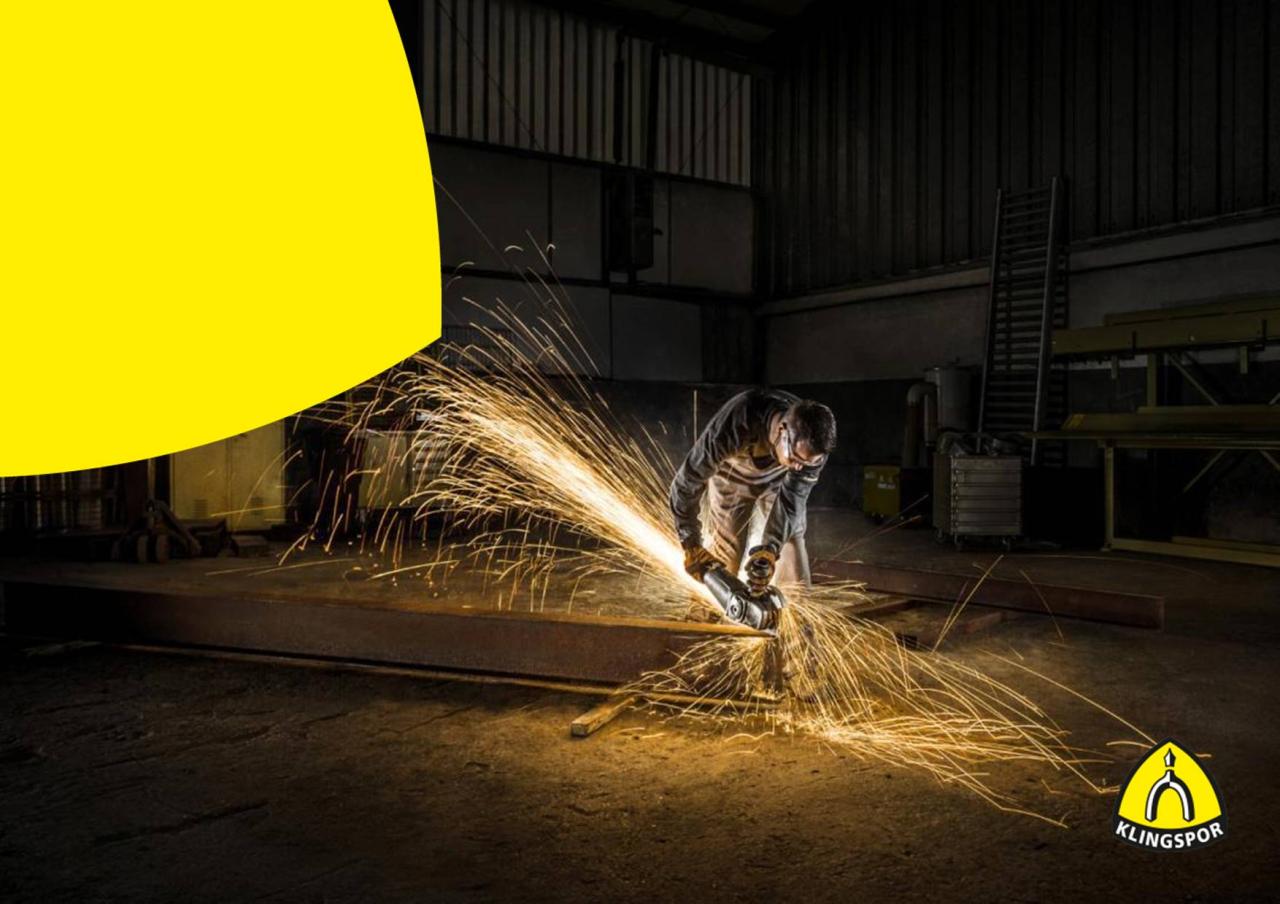
The impact of abrasive technologies on our modern world is undeniable. They enable the production of high-quality products, enhance efficiency in various processes, and drive innovation across industries. As we move towards a future characterized by technological advancements and sustainable practices, abrasive technologies are poised to play an even more significant role. The development of new materials, processes, and applications will continue to shape the landscape of manufacturing and beyond, ensuring the continued relevance and importance of abrasive technologies in the years to come.
Abrasive technologies are often used in manufacturing to achieve precise surface finishes and remove material. These technologies are critical for many industries, and their effectiveness can be significantly impacted by the efficiency of the overall operation. To understand how operations can be optimized, it’s helpful to consider what is ops technology , which focuses on streamlining processes and maximizing output.
By implementing effective ops technology, abrasive technologies can be integrated into a more efficient and productive workflow, ultimately leading to better product quality and increased profitability.
